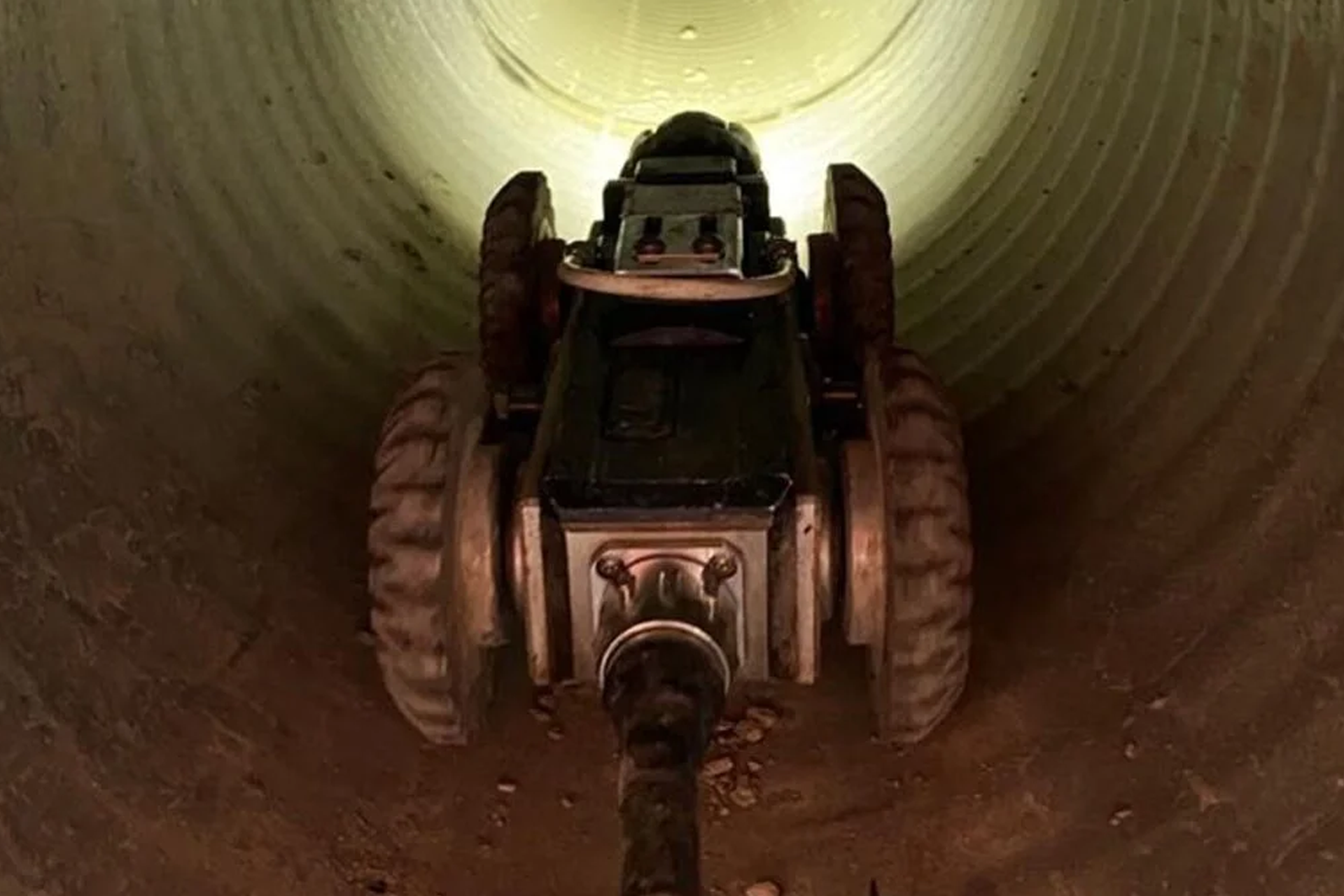Not known Facts About Reclaim Waste
Not known Facts About Reclaim Waste
Blog Article
Some Known Details About Reclaim Waste
Table of Contents3 Simple Techniques For Reclaim WasteSome Known Facts About Reclaim Waste.The Greatest Guide To Reclaim WasteSome Of Reclaim WasteThe Ultimate Guide To Reclaim Waste
Domestic sewer waste refers to the waste and items from a household septic tank. The appropriate monitoring and disposal of domestic sewage waste call for liquid waste to be transferred to a sewer therapy plant where the proper techniques and tools are applied to cleanse and dispose of waste.
Business waste frequently consists of possible hazards, such as combustible materials or a mix of fluid and strong waste products, and needs a more sophisticated and thorough disposal procedure. The disposal of commercial waste usually entails the purification of waste prior to transportation to ensure risk-free and appropriate disposal. Hazardous waste is developed from results and drainage of commercial processes and production.
This kind of waste can not use the exact same sewage administration transportation or processes as septic or industrial liquids. The hazardous waste administration procedure requires the evaluation and testing of liquid waste before it undergoes the disposal process (liquid waste removal melbourne). Overflow waste is the liquid waste that comes from runoff and excess stormwater in highly populated locations or cities
Drainage waste can trigger contamination and flooding otherwise managed appropriately. Discover more about sewer cleansing and waste monitoring. Making certain appropriate waste administration can avoid disasters and reduce ecological damage. Both individuals in residential setups and experts in commercial or manufacturing sectors can take advantage of understanding the procedures and laws of fluid waste administration.
The Of Reclaim Waste
Contact PROS Providers today to find out about our waste administration and disposal solutions and the proper means to look after the fluid waste you generate.
(https://www.anyflip.com/homepage/imqzz#About)This so-called 'wastewater' is not only an important source but, after therapy, will be released to our land, waterways or the sea. Utilized water from toilets, showers, baths, kitchen sinks, washings and industrial processes is recognized as wastewater.

water utilized to cool machinery or clean plant and devices). Stormwater, a form of wastewater, is runoff that flows from agricultural and metropolitan areas such as roofing systems, parks, gardens, roadways, paths and gutters right into stormwater drains, after rain. Stormwater streams without treatment directly to regional creeks or rivers, at some point getting to the sea.
More About Reclaim Waste
In Queensland, many wastewater is treated at sewer therapy plants. Wastewater is delivered from domestic or commercial sites through a system of sewers and pump terminals, known as sewage reticulation, to a sewage therapy plant.
The Division of Natural Resources recommends neighborhood federal governments concerning managing, operating and keeping sewerage systems and treatment plants. In unsewered locations, city governments may need homeowners to install specific or household sewer therapy systems to deal with domestic wastewater from toilets, cooking areas, washrooms and laundries. The Department of Natural Resources authorizes using home systems when they are verified to be efficient.
Most stormwater obtains no therapy. In some new neighborhoods, treatment of some stormwater to eliminate clutter, sand and gravel has started utilizing gross pollutant traps. Wastewater therapy happens in four phases: Gets rid of strong matter. Larger solids, such as plastics and other things mistakenly released to drains, are removed when wastewater is gone through screens.
Wastewater then streams right into big tanks where solids resolve and are removed as sludge. Oil and scum are skimmed from the surface area. Makes use of small living microorganisms called micro-organisms to damage down and eliminate remaining liquified wastes and great bits. Micro-organisms and wastes are included in the sludge. Eliminates nitrogen and phosphorus nutrients that can create algal blossoms in our waterways and threaten aquatic life.
Reclaim Waste - The Facts
Nutrient elimination is not available at all sewage treatment plants because it calls for costly specialized devices. Clear liquid effluent produced after therapy may still have disease-causing micro-organisms - industrial wastewater treatment.

This generally implies wastewater has to be dealt with or pollutants eliminated before it can be released to rivers. The majority of wastewater flows into the sewerage system. Under the Act, find more info city governments provide authorizations and permits for eco relevant tasks (ERAs) including wastewater releases that could have a regional impact. The division administers authorizations and licences to Periods involving wastewater launches that might have a local or statewide impact.
The 7-Minute Rule for Reclaim Waste
Surveillance gives valid details concerning water top quality and can validate that permit problems are being fulfilled. The details gotten via surveillance provides the basis for making water quality choices.
Report this page